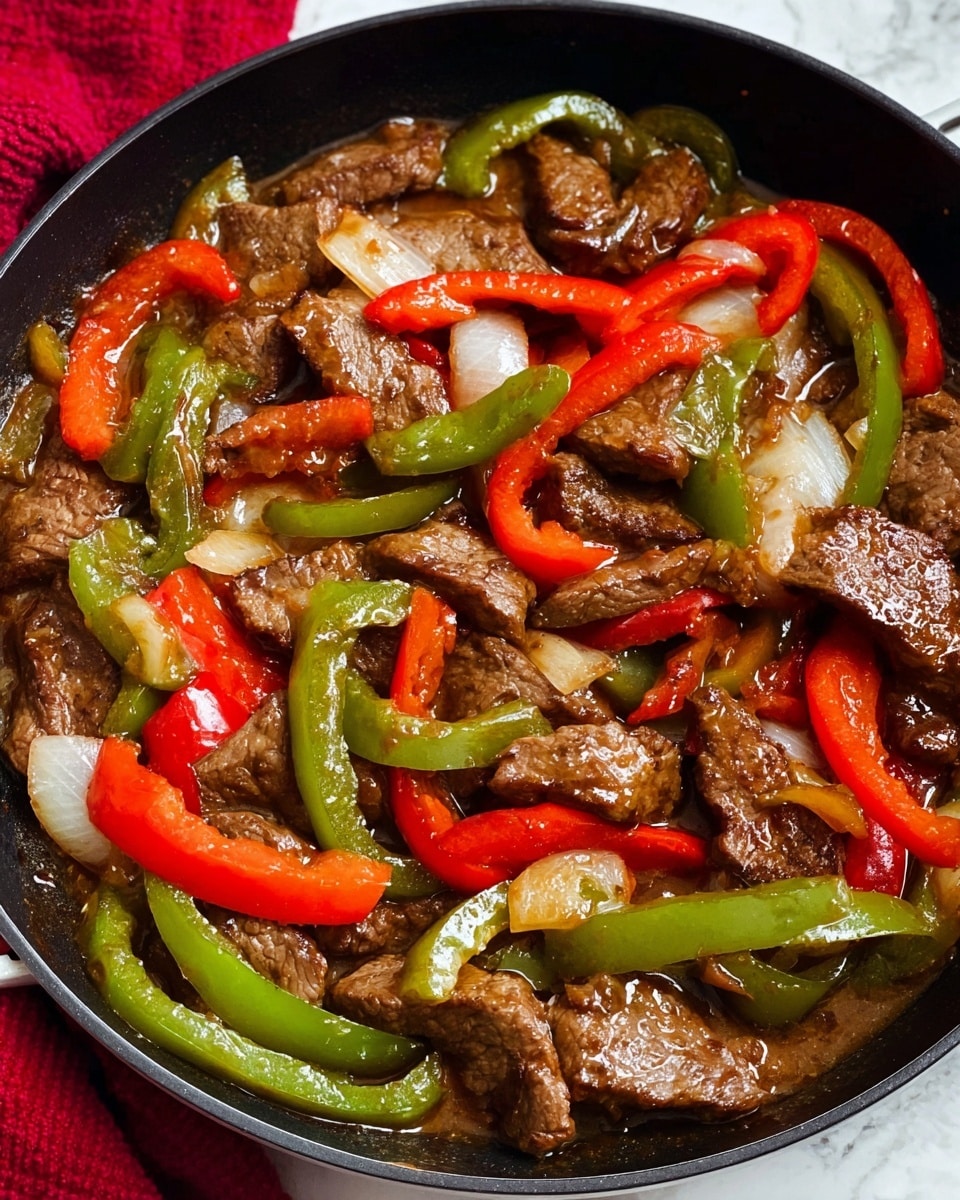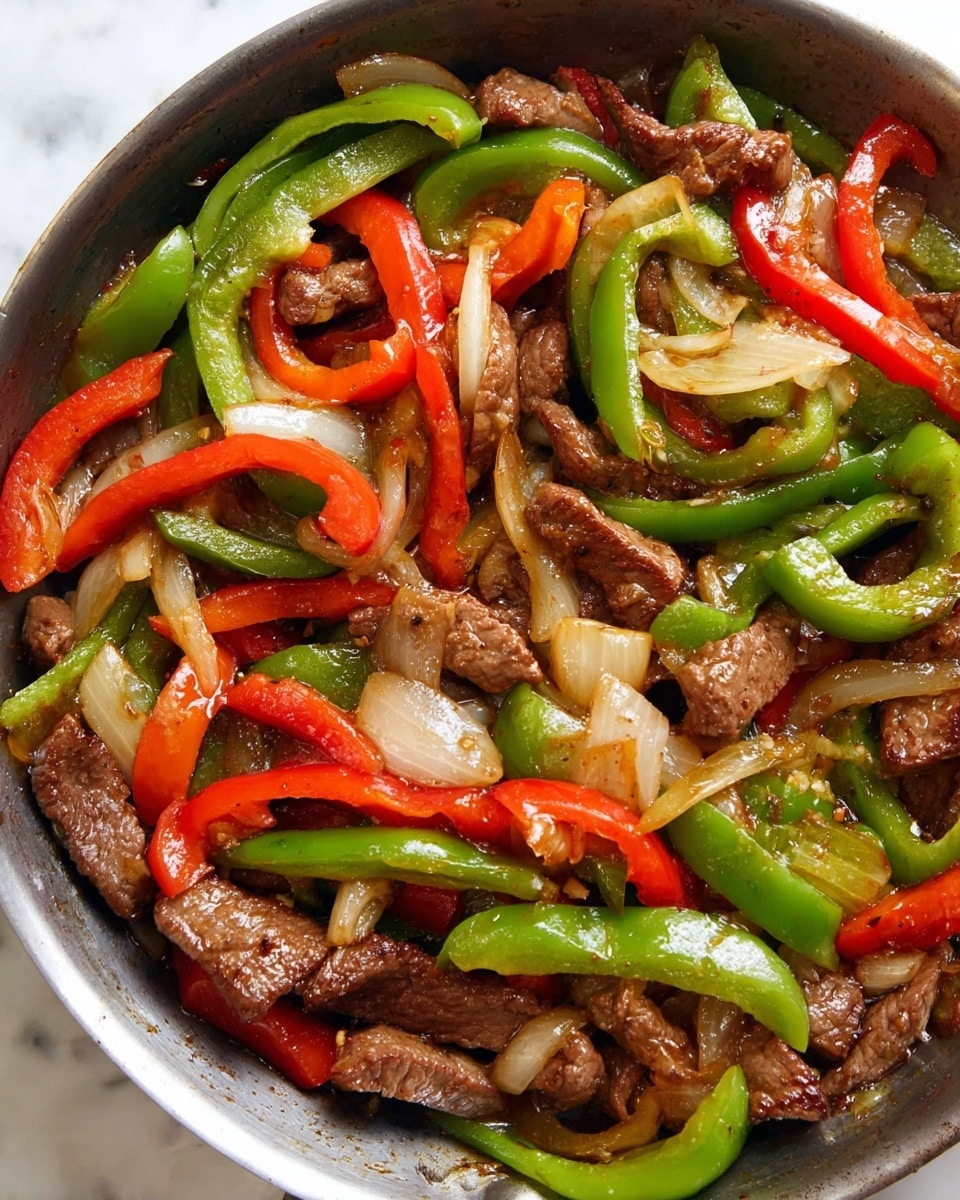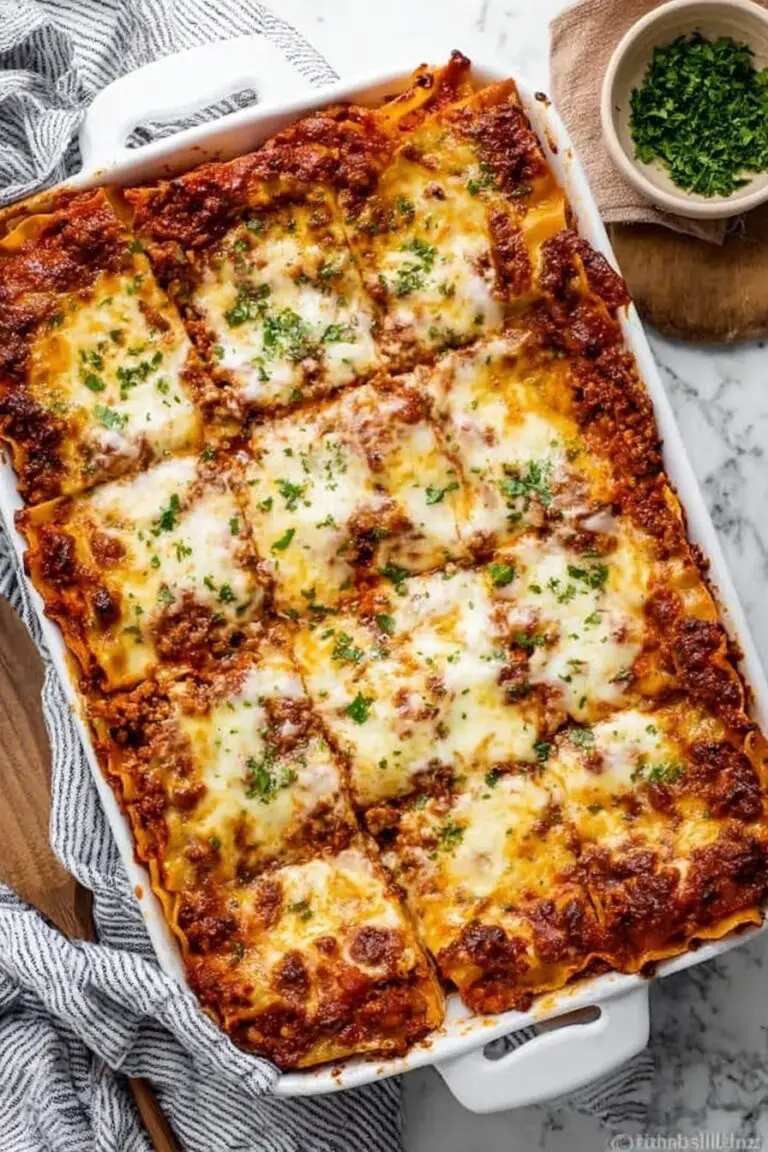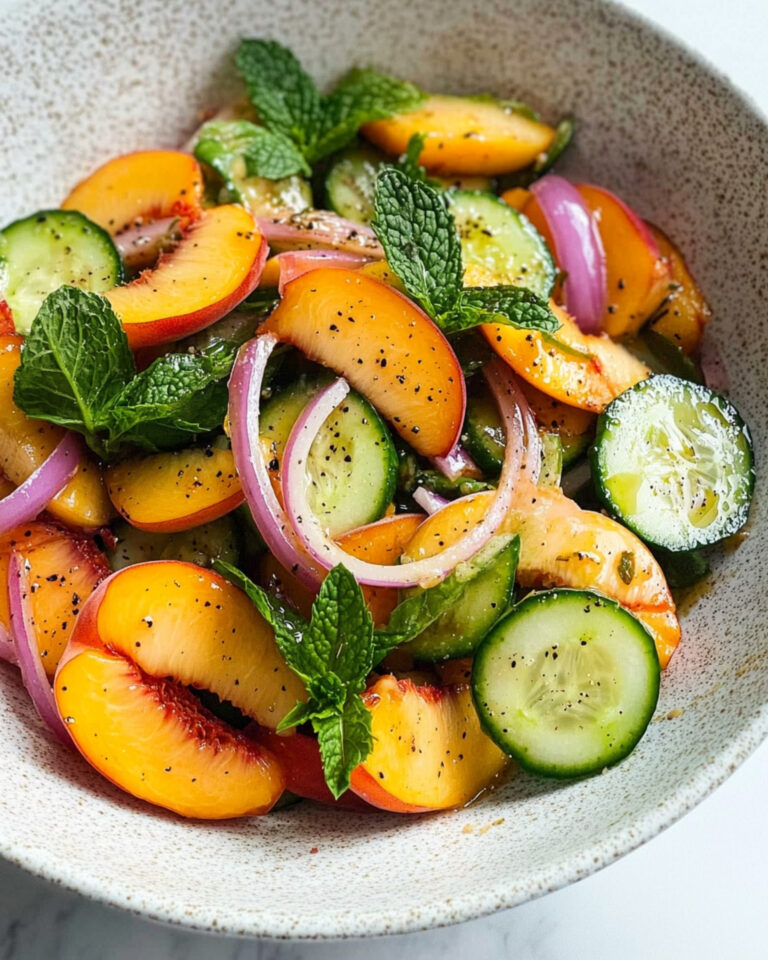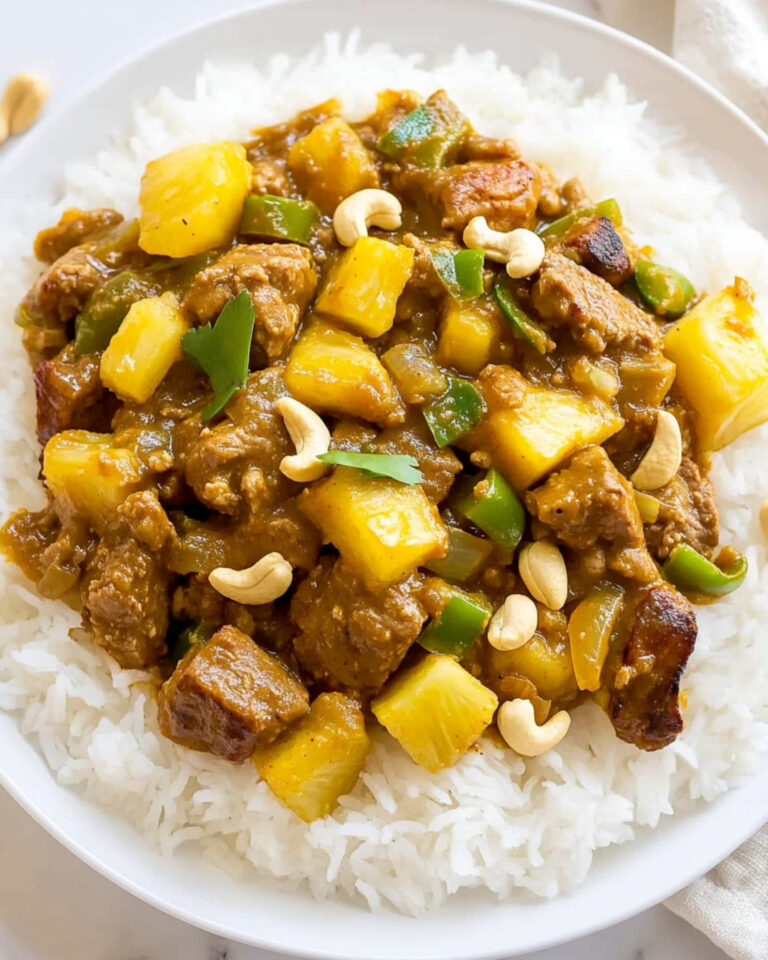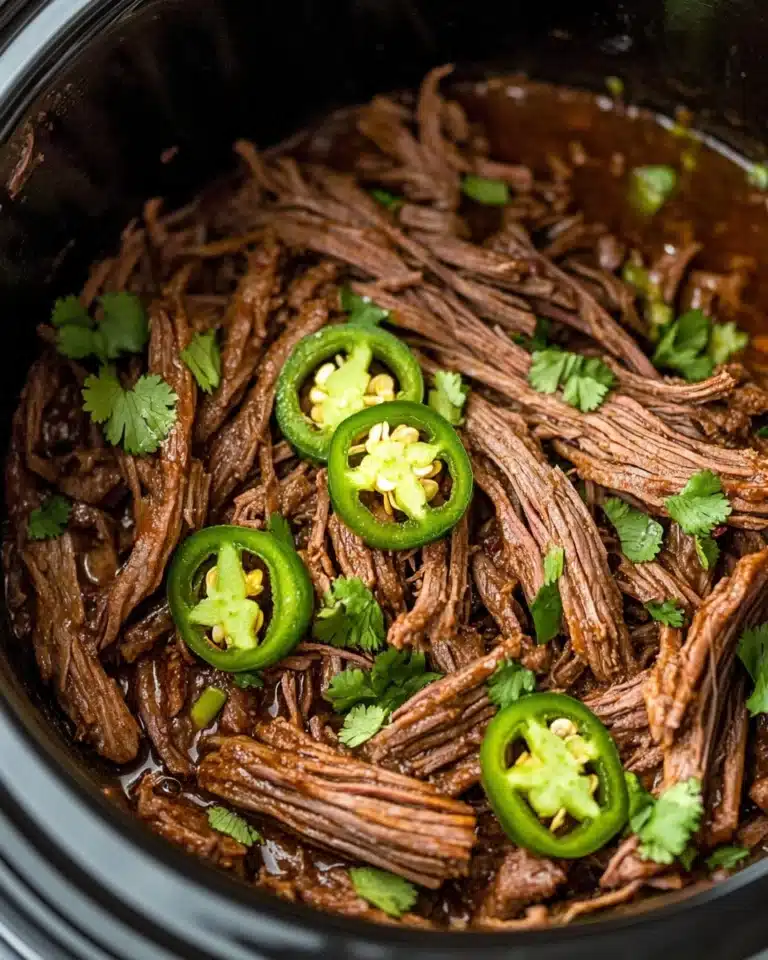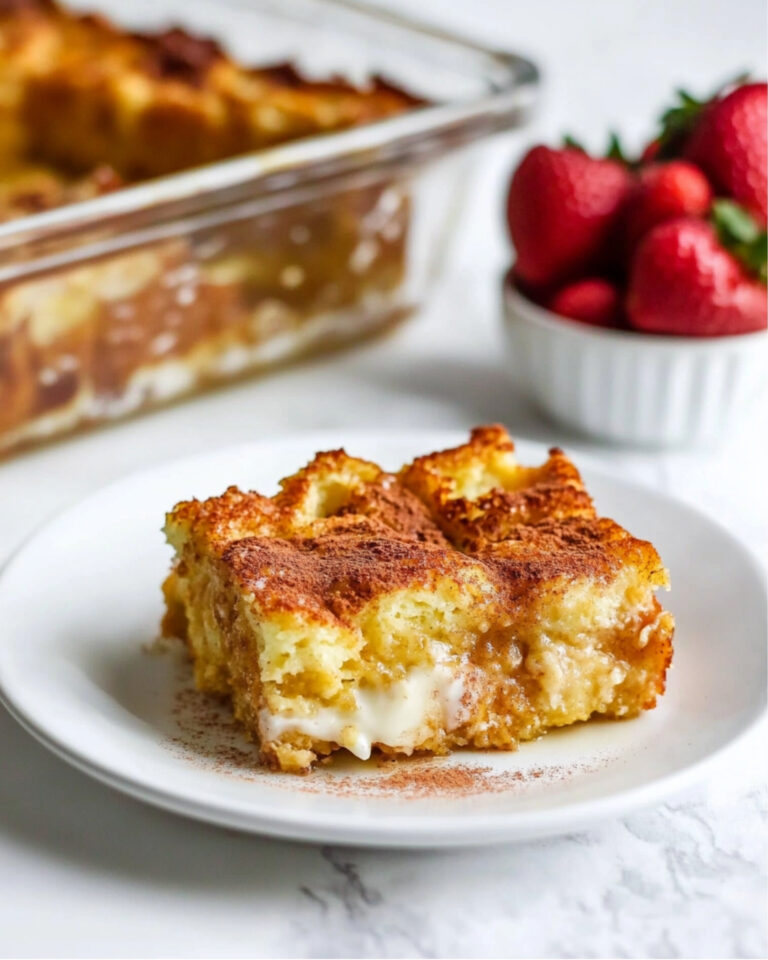I absolutely love sharing this Pepper Steak Recipe because it’s one of those dishes that feels like a warm hug on a busy weeknight. The tender, thinly sliced steak paired with vibrant bell peppers and a savory sauce is just comfort food done right. Whether you’re looking to impress dinner guests or just want a quick meal that doesn’t skimp on flavor, this recipe delivers every single time.
When I first tried this Pepper Steak Recipe, I was amazed at how easy it was to pull together with simple ingredients that you probably already have in your kitchen. Plus, it cooks up fast—perfect when you want something delicious, without spending hours at the stove. You’ll find that the balance between the soy sauce, ginger, and beef broth creates a perfect harmony that’s both savory and lightly tangy. It’s truly a keeper!
Why You’ll Love This Recipe
- Quick and Flavorful: Ready in under 30 minutes, it’s perfect for busy evenings without sacrificing taste.
- Simple Ingredients: Uses easy-to-find staples and fresh veggies for an accessible homemade meal.
- Customizable: You can swap out peppers or adjust spice levels to suit your preferences effortlessly.
- Family Favorite: My whole family goes crazy for this dish—it’s always a crowd-pleaser.
Ingredients You’ll Need
The ingredients for this Pepper Steak Recipe work together to create a beautiful balance of savory, sweet, and tangy flavors. Fresh vegetables add crunch, while the beef and sauce bring warmth and richness. When shopping, look for thinly sliced steak and fresh bell peppers for the best results.
- Low sodium beef broth: Adds depth without overwhelming saltiness.
- Low sodium soy sauce: Keeps flavor balanced and lets the other ingredients shine.
- Rice vinegar: Brings a subtle tang that brightens the dish.
- Mirin: Provides a touch of sweetness and complexity—don’t skip if you can help it.
- Sesame oil: Just a little for that aromatic finish.
- Cornstarch: Thickens the sauce gorgeously.
- Vegetable oil: For high-heat cooking without burning.
- Beef petite shoulder flank, skirt, or top sirloin steak: Thinly sliced against the grain to keep it tender.
- Kosher salt and fresh ground black pepper: Essential seasoning to bring out the beef’s flavor.
- Red and green bell peppers: Bright and crisp for texture and color.
- Yellow onion: Adds sweetness and pairs beautifully with the peppers.
- Fresh ginger or ginger paste: The zing that wakes up the sauce.
- Garlic: Because garlic always makes things better.
Variations
I love how versatile this Pepper Steak Recipe is—I’ve tried a few twists depending on what I have around. Don’t hesitate to make it your own; a little tweak here or there can really elevate the dish or make it fit your dietary needs.
- Spicy Kick: Adding some sliced jalapeños or a pinch of red pepper flakes turns up the heat and gives it a lively punch I enjoy on chilly nights.
- Vegetable Boost: Sometimes I toss in mushrooms or snap peas to add a bit more texture and color, which makes the dish feel even heartier.
- Gluten-Free: Swap regular soy sauce for tamari and use cornstarch as usual, and you’ll have a gluten-free version that tastes just as good.
- Marinate the Beef: If you have time, marinating the steak briefly in a little soy sauce, garlic, and ginger makes it even more flavorful.
How to Make Pepper Steak Recipe
Step 1: Whisk Up the Perfect Sauce
Start by whisking together the low sodium beef broth, soy sauce, rice vinegar, mirin, sesame oil, and cornstarch in a medium bowl. Set this aside for a few minutes—it’s important that this sauce mixture is smooth and ready to thicken later. I like to whisk again right before adding it to the pan to ensure the cornstarch hasn’t settled at the bottom.
Step 2: Sear the Steak for That Beautiful Crust
Heat 2 tablespoons of vegetable oil in a large skillet over medium-high heat. Add the thinly sliced beef in a single layer, making sure not to overcrowd the pan (you might need to do this in batches). Sprinkle with kosher salt and fresh ground black pepper. Cook the beef until it’s nicely browned on both sides, about 1-2 minutes per side — don’t overcook or it’ll get tough. Once done, plate the beef and set it aside while you cook the veggies.
Step 3: Sauté the Veggies Until Just Tender
In the same skillet, add a bit more oil if needed and toss in the sliced bell peppers and onions. Cook over medium-high heat until they’re just starting to brown on the edges, which usually takes 2-3 minutes. You want them cooked but still crisp to provide a nice contrast to the tender beef. Remove veggies from the pan and set aside.
Step 4: Build Layers of Flavor
Lower the heat to medium-low and add your minced ginger and garlic to the skillet. Stir constantly for about a minute—this is the moment where the kitchen fills with the most amazing aroma. Then whisk the sauce again and pour it into the skillet. Stir continuously until the sauce thickens, which takes about 1-2 minutes. Once thick and glossy, stir the beef and vegetables back into the skillet to coat everything evenly in that luscious sauce. Warm for another minute and get ready to serve.
Pro Tips for Making Pepper Steak Recipe
- Thin Slicing is Key: Slice your steak thinly and against the grain to keep every bite wonderfully tender.
- Don’t Overcrowd the Pan: Cooking the steak in batches ensures it sears beautifully instead of steaming.
- Prepare Sauce Early: Whisk the sauce ingredients early so the cornstarch has a chance to dissolve properly before thickening.
- Fresh Veggies Matter: Using fresh, crisp peppers and onions adds both flavor and pleasing texture that store-bought frozen just can’t match.
How to Serve Pepper Steak Recipe
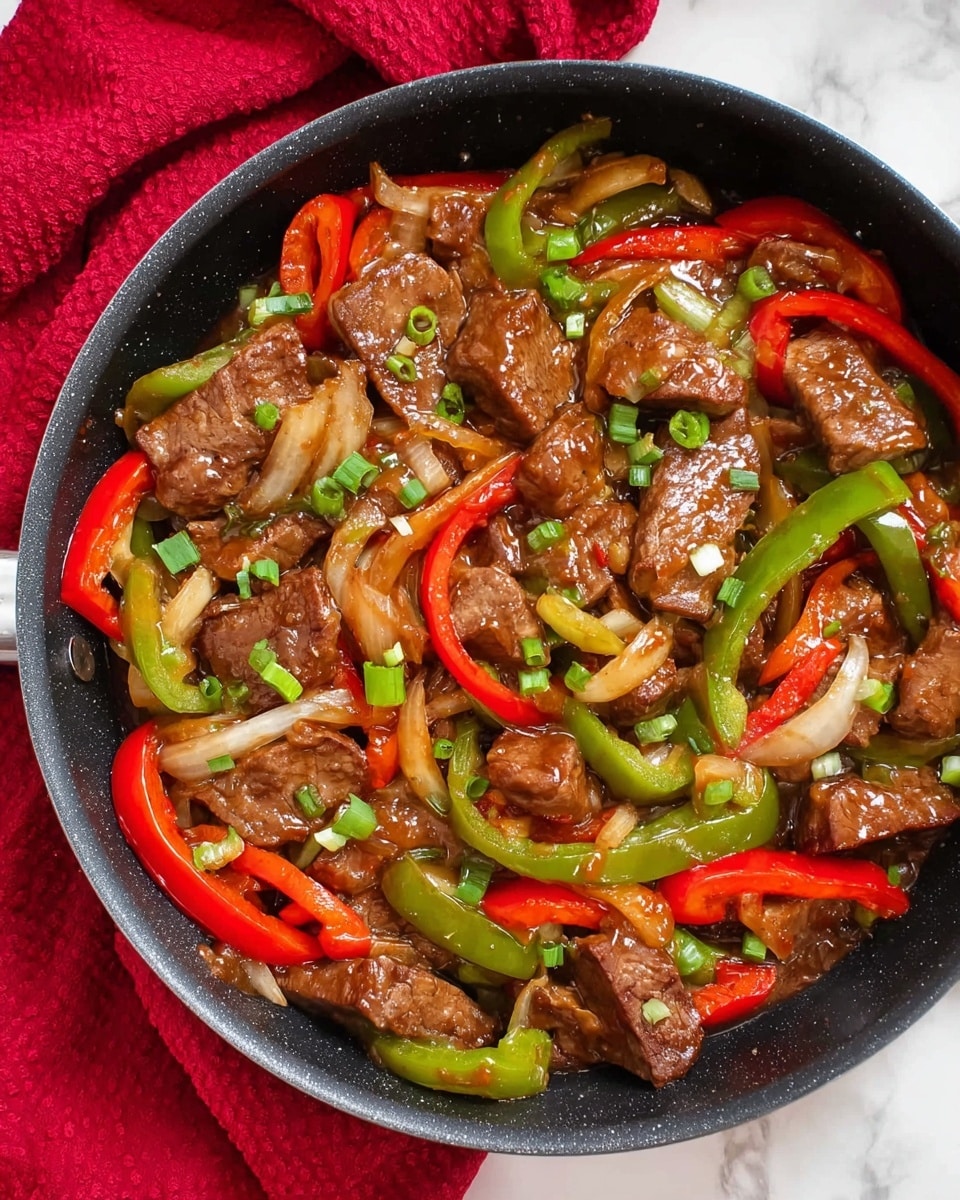
Garnishes
I usually sprinkle freshly chopped green onions or a few toasted sesame seeds over the top—these simple garnishes add a fresh, nutty pop and make the dish look restaurant-worthy without any extra effort. Sometimes, a little drizzle of sriracha for heat or a wedge of lime adds a bright finishing touch that my family loves.
Side Dishes
This Pepper Steak Recipe pairs beautifully with steamed jasmine rice or garlic fried rice to soak up that amazing sauce. You could also serve it alongside simple steamed broccoli or a light Asian-inspired salad for a balanced meal. I’ve even served it with noodles when I’m feeling a bit indulgent.
Creative Ways to Present
Once, I tried serving this Pepper Steak Recipe over a bed of crispy wonton strips topped with fresh cilantro for a festive dinner party. Another time, I layered the steak and peppers inside lettuce wraps for a fun, handheld option that everyone enjoyed. The sauce is so flavorful it works great with different bases—feel free to experiment!
Make Ahead and Storage
Storing Leftovers
I recommend storing any leftovers in an airtight container in the refrigerator for up to 3 days. When I do this, the flavors deepen overnight and the meat stays tender, though the peppers lose a bit of their crispness, which is totally fine. Just reheat gently to keep the steak from drying out.
Freezing
In my experience, freezing Pepper Steak Recipe works well if you cool it first to room temperature and then freeze in a sturdy container. Keep it up to 2 months. Just note the peppers won’t be as crisp after freezing, but the dish remains delicious and convenient for a quick dinner on a hectic day.
Reheating
I usually reheat leftovers gently on the stovetop over low heat, stirring to prevent sticking. This method helps maintain the best texture. Alternatively, the microwave works fine if you lower the power setting so the beef doesn’t toughen up.
FAQs
-
Can I use a different cut of beef for this Pepper Steak Recipe?
Absolutely! While the recipe calls for petite shoulder flank, skirt, or top sirloin steak, you can use any thinly sliced, tender cut. Just make sure to slice against the grain to keep the meat tender.
-
What if I don’t have mirin? Can I substitute it?
If you don’t have mirin, a small amount of sugar mixed with a splash of white wine or rice vinegar can work as a substitute. Keep it light since mirin adds a subtle sweetness and acidity that balances the sauce.
-
How do I keep the peppers crisp in Pepper Steak Recipe?
To maintain crispness, sauté the bell peppers on high heat for just a few minutes until they start to soften but still have bite. Avoid overcooking by removing them from heat as soon as they begin to brown at the edges.
-
Can I make Pepper Steak Recipe gluten-free?
Yes! Use gluten-free tamari instead of regular soy sauce and ensure your other ingredients like broth and mirin are gluten-free. Cornstarch thickening is naturally gluten-free, making this recipe easy to adapt.
Final Thoughts
This Pepper Steak Recipe is truly one of those dishes I always come back to when I want something comforting, quick, and totally satisfying. I hope you give it a try and find it as rewarding as I do—perfect for weeknight dinners or whenever you need a flavorful meal that feels like a little celebration. Trust me, once you’ve made it, it’ll be a staple in your rotation!
Print
Pepper Steak Recipe
- Prep Time: 10 minutes
- Cook Time: 20 minutes
- Total Time: 30 minutes
- Yield: 4 servings
- Category: Main Course
- Method: Stovetop
- Cuisine: Asian
Description
This Pepper Steak recipe features tender thinly sliced beef cooked with colorful bell peppers and onions in a savory, slightly sweet soy-based sauce. Ready in just 30 minutes, this flavorful stir-fry is perfect for a quick weeknight dinner that doesn’t skimp on taste.
Ingredients
Sauce Ingredients
- 1/3 cup low sodium beef broth
- 1/4 cup low sodium soy sauce
- 1 tablespoon rice vinegar
- 2 tablespoons mirin
- 1/4 teaspoon sesame oil
- 1 tablespoon cornstarch
Steak and Peppers
- 2-3 tablespoons vegetable oil, divided
- 1 1/4 lbs beef petite shoulder flank steak, skirt steak, or top sirloin steak, thinly sliced against the grain
- Kosher salt and fresh ground black pepper, to taste
- 1 red bell pepper, seeded and cut into strips
- 1 green bell pepper, seeded and cut into strips
- 1 yellow onion, sliced into strips
- 1 tablespoon minced fresh ginger or ginger paste
- 2 cloves garlic, minced
Instructions
- Prepare the Sauce: In a medium bowl, whisk together the beef broth, low sodium soy sauce, rice vinegar, mirin, sesame oil, and cornstarch until smooth. Set aside for a few minutes to allow the flavors to meld.
- Cook the Beef: Heat 2 tablespoons of vegetable oil in a large skillet over medium-high heat. Add the thinly sliced beef in a single layer to the hot skillet. Season lightly with kosher salt and freshly ground black pepper. Cook until browned on both sides, about 2-3 minutes per side, working in batches if necessary. Remove the cooked beef and set aside.
- Sauté the Vegetables: In the same skillet, add 1 tablespoon of vegetable oil over medium-high heat. Add the red and green bell peppers and yellow onion. Cook, stirring occasionally, until they begin to brown slightly on the edges, approximately 2-3 minutes. Remove the vegetables from the skillet and set aside with the beef.
- Sauté Aromatics and Thicken Sauce: Reduce the heat to medium-low. Add a small amount of oil if needed. Add the minced ginger and garlic to the skillet, cooking for about 1 minute while stirring constantly to release their fragrance. Whisk the prepared sauce again and pour it into the skillet with the aromatics. Stir continuously until the sauce thickens and becomes glossy.
- Combine and Serve: Return the cooked beef, peppers, and onions to the skillet. Stir well to coat all ingredients evenly with the thickened sauce. Allow everything to warm through for a few minutes. Serve immediately over rice or your preferred side dish.
Notes
- Store leftovers in an airtight container in the refrigerator for up to 3 days. Reheat gently in the microwave at reduced power or on the stovetop over low heat to prevent overcooking.
- To freeze, cool the dish to room temperature, then transfer to a sturdy freezer container. Freeze for up to 2 months. Reheat on the stovetop or microwave at reduced power. Note that bell peppers may lose some crispness upon freezing but will still taste delicious.
- Mirin adds a mild sweetness and depth to the sauce; if unavailable, a mixture of sugar and rice wine vinegar can be used as a substitute.
Nutrition
- Serving Size: 1 serving (about 1/4 of recipe)
- Calories: 300 kcal
- Sugar: 5 g
- Sodium: 550 mg
- Fat: 15 g
- Saturated Fat: 4 g
- Unsaturated Fat: 10 g
- Trans Fat: 0 g
- Carbohydrates: 12 g
- Fiber: 3 g
- Protein: 30 g
- Cholesterol: 75 mg

